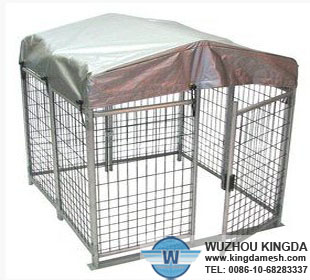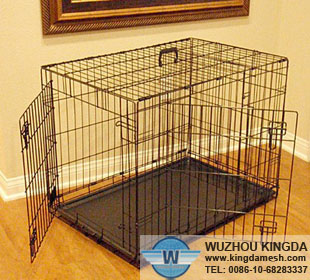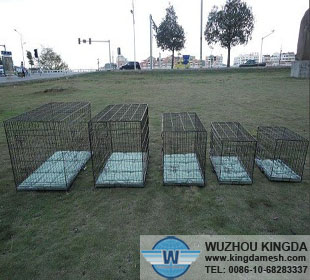How to Build Cages for Dogs
How to Build Cages for Dogs
Dog cages are used for a variety of things. They can be used as a place of solace for your pets or a place to house them when you're not home. They can also be used for transporting or keeping dogs contained when guests are around. You don't have to spend much money to obtain a cage for your large or small dog. Building a dog cage yourself can help bring you and your pet closer and save you money in the process.
Instructions
How to Build Cages for Dogs
1 Decide what size of dog cage you need. This of course depends on the breed. Remember, if your dog is a puppy, plan for its maximum size if you don't want to build another cage in the future. You want the dog to be able to turn around and move comfortably within the confines of the cage.
2 Use steel or iron to make the walls, ceiling and floor of the cage. Metal lasts a lot longer than wood, and chewing, scratching or jumping won't harm it. Purchase these materials as a mesh sheet with large holes, or in different parts with bars that you'll have to weld together. A mesh sheet can be shaped into a square with help from a couple of hands, but it can be difficult.
3 Look for sturdy and clean pieces of metal if you decide to buy the parts separately and weld them. Be very specific about the measurements when obtaining the metal for the cage. You can buy the cage in two large separate parts, front and back, or you may have to buy every part separately. This means you have to buy the four corners, the bottom and top, and the four sides of the cage with a separate door part. Weld all of these parts together with a soldering iron or have a welder do it for you. This part is very important in making sure the metal edges all line up and create a sturdy, even cage. Add the baseboard of metal, then another one of plywood at the bottom of the cage before the welding occurs.
4 Create the door for the cage by attaching two hinges and a lock mechanism. Make sure the door is large enough for your dog to get in and out.
5 Add hay, a dog bed, a food or water bowl and toys to the cage after you've put it in its permanent spot. Be sure to wipe it down and clean it regularly.





